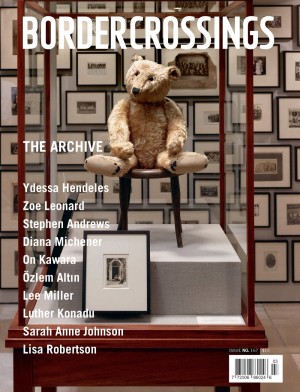Articles
-
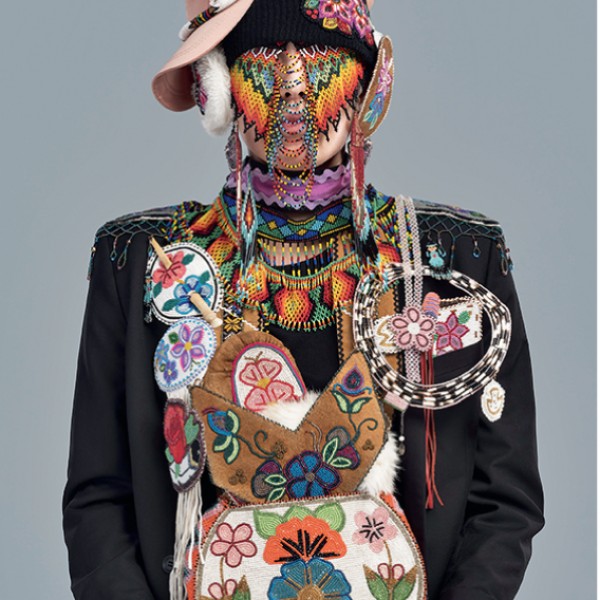
Dana Claxton
The Vancouver Art Gallery (VAG)’s stellar Dana Claxton exhibition was, in many ways, a first. It was the first major survey in the acclaimed multimedia artist’s 30-year career and the first time many of her significant works have been exhibited in Vancouver, the city in which Claxton has been based since the mid-1980s.
-
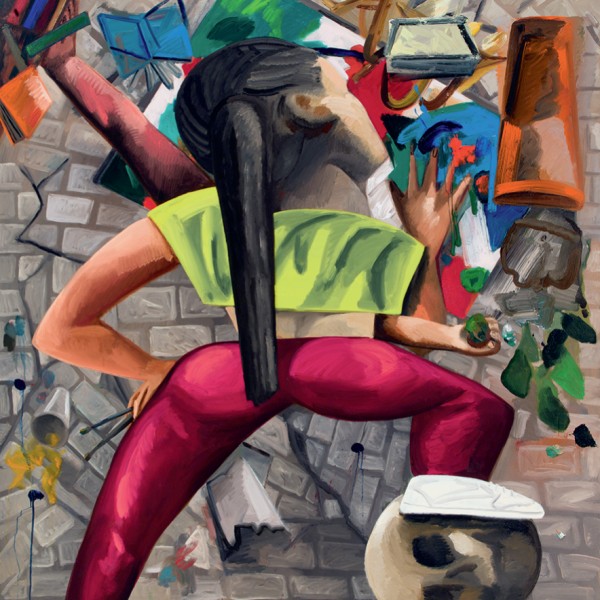
Dana Schutz
“Imagine Me and You,” the title of Dana Schutz’s recent solo exhibition at the Friedrich Petzel Gallery in New York, is in itself a strange and suggestive aspect of the artwork in the show. It’s apparently a line borrowed from a 1960s pop tune by the Turtles (as in “so happy together!”). But its placement here turns the idea inside out and asks us to do a number of imaginatively multivalent things at once, like in one of Schutz’s impossible multi-tasking paintings from several years back.
-

Julie Nagam
The University of Winnipeg’s Gallery 1C03 is a small gallery, and exhibitions within this space work best when they play to its intimacy. Métis/German/Syrian artist Julie Nagam’s “locating the little heartbeats” does well not to overwhelm the space, something not every show is able to accomplish. With its dimmed lighting it intriguingly invites visitors into the gallery to take a careful and closer look at the artwork. What viewers find is a series of wooden light boxes jutting out from the walls like taut, squarish tree branches. On the light boxes are screens presenting various animated drawings of plants seemingly springing up from the ground. Audio of nature recordings wafts through the gallery as if trailed in by the breeze or possibly through an air vent. There is a feeling of something serene here, like being alone in a garden or walking quietly through the bush.
-
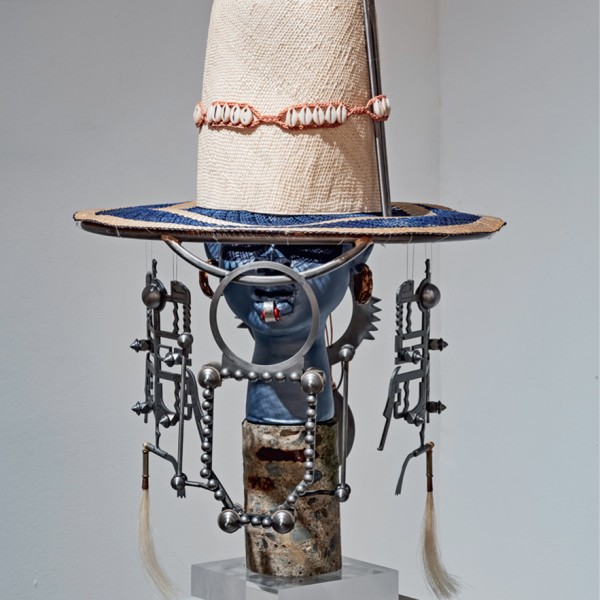
Nep Sidhu
Two men face an open door at the top of a small flight of periwinkle-coloured stairs. Beside the opening, a closed door glitters, replete with detailed, golden iconography and a vermillion lintel embroidered with script-like markings. The men and the entrance are framed by billowing cream, yellow, red and blue curtains that recall a royal litter or an extravagant four-poster bed. As viewers, we intuit that the men are not apprehending a domestic space; rather, they appear to be at the threshold of a regal or spiritual location. In fact, the painted figures at the centre of (Nep) Nirbhai Singh Sidhu’s mixed-media tapestry Medicine for a Nightmare, 2019, stand in front of Hazūr Sāhib, a Sikh temple in western India and one of the five Takhats, seats of religious authority. The quasi-geometric imagery surrounding the men, which includes references to sound and Punjabi calligraphy, conjures a sense of enshrined reverence common to the works in Sidhu’s ambitious exhibition, “Medicine for a Nightmare (they called, we responded),” on view at Mercer Union.
-
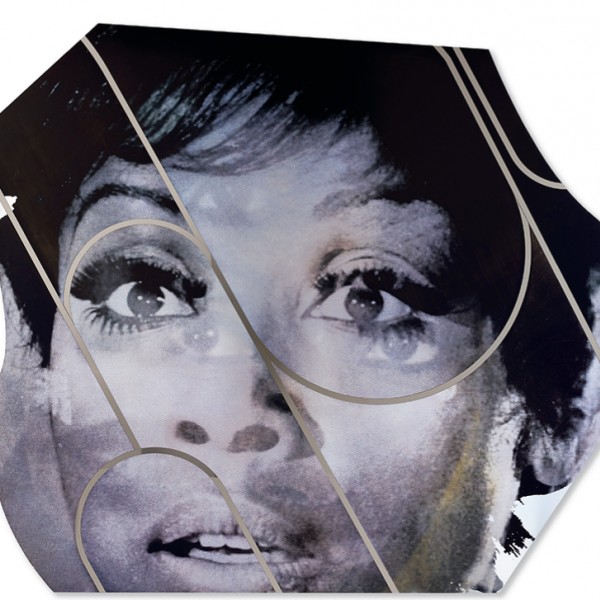
Mickalene Thomas
Beyond its considerable aesthetic and cultural value, “Mickalene Thomas: Femmes Noires” signified an important moment for the Art Gallery of Ontario. Responding, if belatedly, to demands to decolonize and feminize the art institution, the AGO gave up its entire fifth floor to a queer Black woman artist.
-

Mamma Andersson
I have a habit of surreptitiously scanning the shelves, upon entering a room full of books. The goal of my innocent snooping is an attempt to gain insight into the person’s inner life, their likes and dislikes, references and desires. A kind of biblio-voyeurism.
-
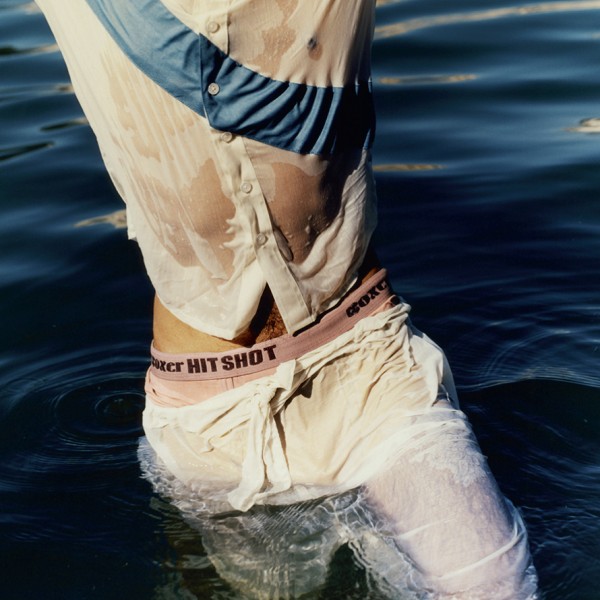
Grace Wales Bonner
An anti-Brexit van festooned with puppets of Tory MPs drove past as I waited to cross the road in Hyde Park where Grace Wales Bonner’s exhibition was installed at the Serpentine Galleries. Tooting its horn, its tune was despondent, while the self-imposed crisis of the British government carried on in Westminster. Inside the Sackler Gallery, we are able to forget about Brexit. Instead, an assemblage of sounds, artworks, performances and texts looks back to Black Intellectualism, including an invocation from poet and novelist Ben Okri: “Bring your wisdom, your fire, your hope. Bring a new courage and a new fight.”
-

“Body”
The convulsive haunting that the subject of the body has induced in contemporary art, from Bruce Nauman (aesthetics of the manipulable body) and Carolee Scheemann (reclamation of the female body) to the present, has been replete. To bare the body is to foreground it as image, and in a world of pure appearances, it is a palimpsest of surfaces the immersive depths of which rest on top of further surfaces and do not lie fallow underneath.
This exhibition, “Body,” is timely in asking us to consider once again the age-old and vexing question: what exactly is a body? Does it still resonate as one pole of a long-disenfranchised dualism? Is it simply the skin jacket for consciousness? Is it performative, in flux, abased, dismembered, abject, transcendent? The curator here invites us to inspect the body and its spaces in a manner undreamt of by 16th-century anatomist Andreas Vesalius.
-
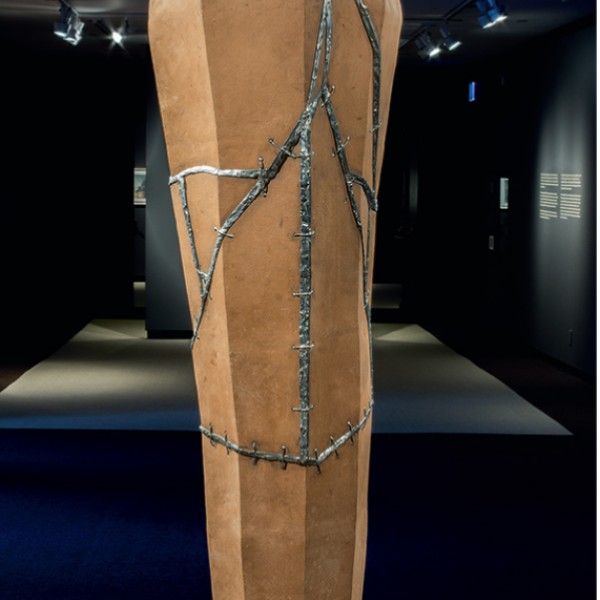
Stephen Andrews
War is the theme of Stephen Andrews’s recent McMichael exhibition, “Aftermath,” curated by Sarah Milroy. Adjacent is the blockbuster exhibition, “David Milne: Modern Painting,” which Milroy also curated, including Milne’s lesser-known work as a war artist. Next to the Milne exhibition is “The Sleeping Green,” Dianne Bos’s series of photographs taken at former battle sites along the Western Front. Collectively, the three exhibitions mark the Armistice centenary, and Milroy has further linked Andrews’s exhibition with Milne’s for common ground in their respective portrayals of war.
-
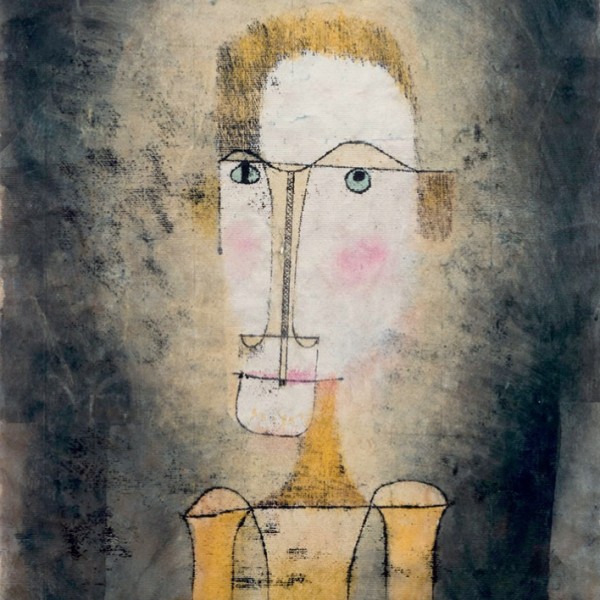
Paul Klee
The first comprehensive exhibition of Paul Klee’s work in Canada in over 40 years, the Berggruen Collection exhibition at the National Gallery of Canada comprises 75 paintings created over the span of his all-too-brief career. The amplitude of works, chosen to reflect this span, broadly reveals the playful variation achieved from a personal lexicon of reductive form, shape, sign and cipher but, above all, reduced scale. Examples of his ceaseless experimentation with paint and surface move from ink drawings and watercolours to oil paintings and monotypes. Few artists in the modern era have had the ability to reveal such an expansive inner world in such an intimate manner.
-
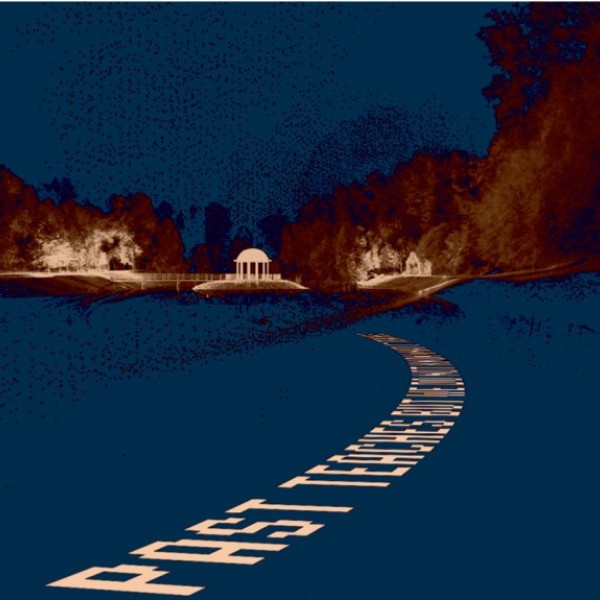
Bahar Noorizadeh
Featuring two black-box video installations, Ultima Ratio Δ Mountain of the Sun, 2017, and After Scarcity, 2018, “governance machines and the future of futures” is artist, writer and filmmaker Bahar Noorizadeh’s first solo exhibition in Canada.
-

Hervé Guibert
Hervé Guibert’s photographs are portraits of friends and lovers, many of whom appear in his books: Thierry Jouno—i.e., T—director of IVT (International Visual Theatre) and CSCS (Centre Socio-culturel des Sourds), who likely informed Guibert’s novel Des aveugles (1985); Vincent Marmousez, the boy-love muse of Fou de Vincent (1988); the Belgian writer Eugène Savitzkaya, with whom Guibert had a decade-long exchange, collected as Lettres à Eugène: Correspondance 1977–1987, 2013. A few are unnamed, as in Le Poète, who lazily smiles up at him.
Haven’t found what you're looking for? Explore our index for material not available online.

